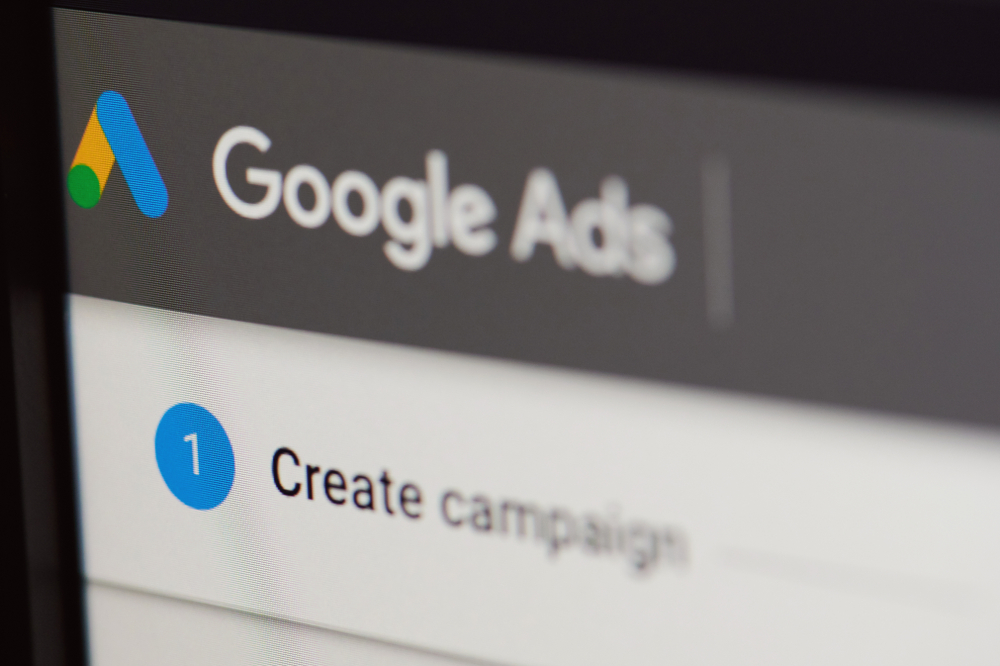Maximizing Traffic Affordably: Harnessing URL-Based Dynamic Search Ads in Your Google Ads Strategy
Harnessing URL-Based Dynamic Search Ads in Your Google Ads Strategy – In today’s highly competitive online marketplace, businesses are constantly searching for effective strategies to boost website traffic, generate leads, and increase sales. While many focus on their primary sales and lead generation tactics, there’s a complementary approach that can significantly enhance these efforts. By incorporating URL-based dynamic search ads into a content-driven Google Ads strategy, businesses can tap into an affordable traffic source while maximizing conversions through tailored content. This article aims to explain how this strategy works and how Clubbish can assist marketers in its implementation.
Understanding URL-Based Dynamic Search Ads:
URL-based dynamic search ads are a feature within Google Ads that automatically generates dynamic ad headlines and landing pages based on a website’s content. Unlike traditional search ads that require manual keyword targeting, dynamic search ads utilize the content of the website to match user search queries. This allows advertisers to reach potential customers who may not have been targeted with traditional keyword-focused campaigns.
The Long-Tail Content-Driven Approach:
The long-tail content-driven approach revolves around creating highly specific, niche-focused content that aligns with users’ search intent. Instead of solely targeting generic, high-volume keywords, this strategy aims to capture the long-tail keywords that constitute a significant portion of search queries. By developing tailored content that addresses these long-tail queries, businesses can attract more relevant traffic and improve their chances of conversion.
Implementing the Strategy:
Keyword Research:
Begin by conducting comprehensive keyword research to identify relevant long-tail keywords for your business. Tools like Google Keyword Planner, SEMrush, or Ahrefs can assist in this process. Focus on keywords that have reasonable search volume and align with your target audience’s search intent.
Content Creation:
Develop high-quality content that caters to the identified long-tail keywords. Ensure that the content is well-structured, informative, and engaging, providing valuable insights or solutions to users’ search queries. Optimize the content by naturally incorporating the target keywords throughout the text.
Website Optimization:
To enable URL-based dynamic search ads, ensure that your website is optimized for search engine indexing. Properly categorize and organize your content, utilizing relevant tags and meta descriptions. A well-structured website enhances the accuracy of dynamic ad generation.
Dynamic Ad Campaign Setup:
Create a dynamic search ad campaign within Google Ads and set the targeting parameters to align with your business objectives. Configure the dynamic ad settings to match the URLs and specific landing pages you want to promote. Customize the ad headlines, descriptions, and display URLs to provide a compelling call-to-action and showcase the relevance to the user’s search.
Continuous Monitoring and Optimization:
Regularly monitor the performance of your dynamic ad campaign. Identify the long-tail keywords and landing pages that generate the most engagement, conversions, and sales. Adjust your bidding strategy, ad copy, and landing page content based on these insights to maximize your return on investment (ROI).
The Benefits of URL-Based Dynamic Search Ads:
Cost-Effective Traffic:
Long-tail keywords typically have lower competition, resulting in lower costs per click (CPC). By focusing on these keywords, businesses can attract more affordable traffic to their website.
Relevance and User Experience:
Dynamic search ads ensure that users are directed to landing pages specifically tailored to their search queries. This improves the overall user experience and increases the likelihood of conversions.
Time Efficiency:
URL-based dynamic search ads eliminate the need to create individual ad copies for every keyword or landing page. The automation feature generates ad headlines and landing pages dynamically, saving time and effort.
Scalability:
This strategy is scalable and can be applied to websites with large amounts of content.
Need help with your Google Ads strategy?
If you’re not achieving the desired results from your Google Ads strategy or struggling to achieve profitable return on ad spend (ROAS), the get in touch



